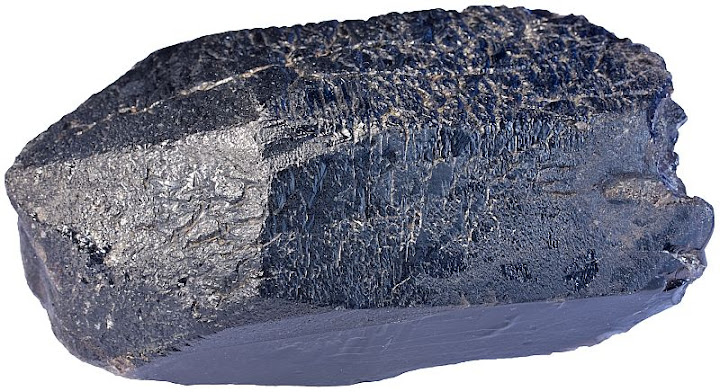Smoky quartz is a light brown to black variety of quartz. Black smoky quartz is known as morion. Smoky quartz is a normal quartz in almost every sense. It just has an odd color but this is caused by a very small amount of impurities. All natural crystals contain impurities, this is no reason to define them as separate minerals. But what is the cause of this coloration?

Large crystal of smoky quartz from Ukraine. Quartz has no cleavage, hence the fracture surface is without planar surfaces. Width of sample is 11 cm.
There is a rather complicated theory behind it. The question is still being studied but some things seem to be clear. First, it has been shown experimentally that we need radiation to change the color. Smoky quartz crystals did not look that way after the formation. Their color was altered slowly. Second, we need color centers. These are several metal ions that occur accidentally within quartz crystals.
There are most likely several different ions involved because light needs to be absorbed in many different wavelengths to result in a fuzzy smoky hue. Studies have shown that the most likely candidates are manganese, aluminum, and titanium ions. The article about smoky quartz in Wikipedia says that the coloration is a result of free silicon in the lattice but I am very sceptical about this interpretation.

Morion is a black quartz. This large crystal (12 cm) shows crystal faces typical to quartz.

Another side of the same crystal demonstrates typical conchoidal fracture of quartz.
Leave a Reply